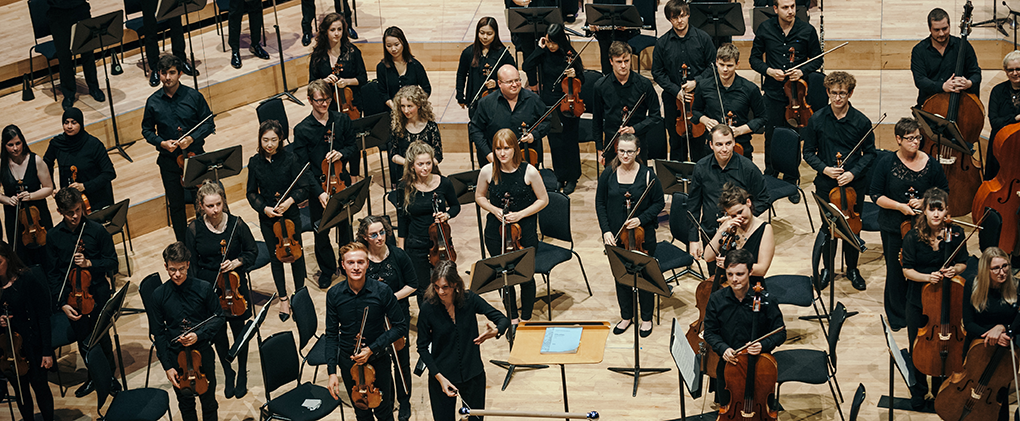3 Presentation and Image

This is not the place for a detailed discussion about what orchestras and conductors should wear for performances. There are no easy answers to that and so many potential scenarios that any attempt to summarise would be pointless. Having said that, what possible reason is there for orchestras to dress the same as they did in the 19th Century? If formal dress is appropriate for the occasions, could it not be the 21st Century version?
However, as the conductor we will often be in a position to influence what the orchestra wears and aspects of how the musicians present themselves onstage. In the context of youth orchestras this area of the young musician’s training may be entirely our responsibility.
The previous section looked at etiquette from the conductor’s perspective. We should also remember to consider whether something needs to be practised or discussed during rehearsals about what the ensemble is to do. Young players may need a bit of coaching as to when to stand up, when to sit down, who to take a lead from and suchlike. Professionals and experienced amateurs will likely have their own established way of doing things, but if we are in a position of responsibility (i.e. not just a one-off guest) we may want to change this in some way.

Remember that we are in the entertainment business, and if we expect people to pay money to come to our performances, we should welcome them and show gratitude. It’s a cheap shot to say that classical musicians always look miserable when they are playing. It’s kind of hard to smile and look joyful when you have an oboe in your mouth, or are trying to knock out a top C on the horn. Most of the time musicians are concentrating really hard in a concert, and few can do that with a grin. However, it may fall to the conductor to remind people to smile and look happy before and after they play.
Another aspect of this is whether the conductor should talk to the audience. In some contexts, brass band concerts for example, it is absolutely expected. In a symphony orchestra concert, it remains unusual. At the opera, it would rarely be appropriate or necessary. The ability to do it well is a useful part of the conductor’s toolkit and is something worth practising. Here are a few thoughts:
- If your voice doesn’t clearly project to the furthest parts of the venue, use a microphone
- If you use a microphone, do a sound test before the performance
- If there are no programme notes, a little bit of background information before each piece can be very much appreciated. If the printed programme is expensive, not everyone will buy it, so a bit of explanation can still help
- Keep what you say fairly brief and use informal language. Very occasionally, it might be helpful to demonstrate a short excerpt to highlight something very specific or unusual that is crucial to an understanding of the music but beware of playing 80% of the piece by way of demonstration!
- If you plan to talk, think about the impact this will have on the overall length of the performance. If there are 10 pieces and you talk for 2 minutes about each that’s a lot of extra time
- Try to keep control of announcements, thank you speeches, raffle prizes and the like if you can
- Be wary of trying to be a comedian, unless you are actually funny